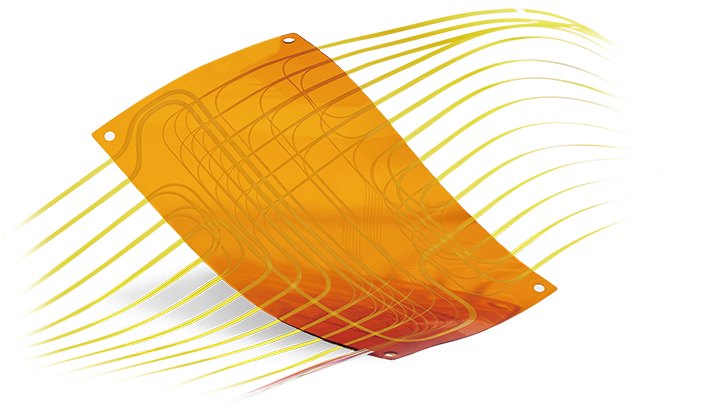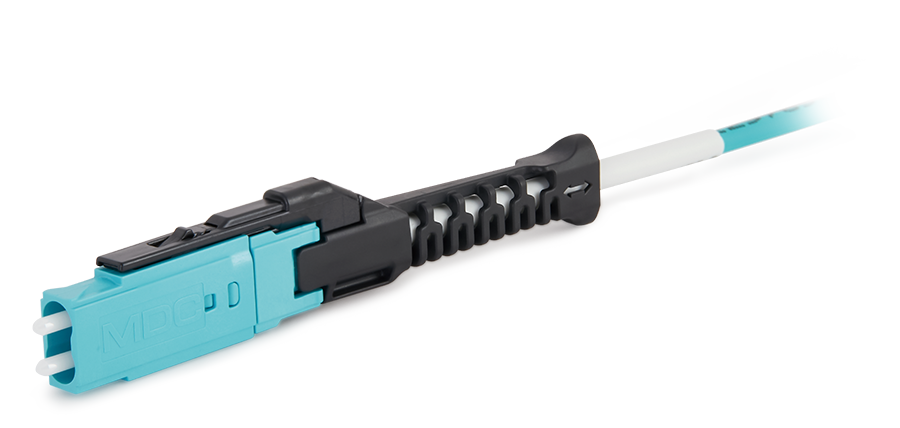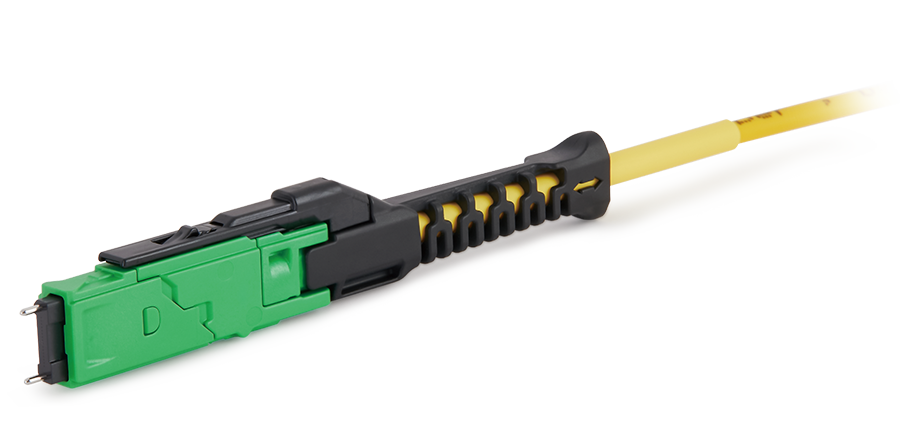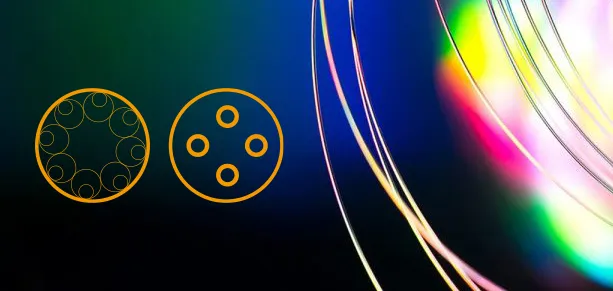Optical fiber is a fiber made of glass or plastic, and the fiber itself is very fragile and easily broken. And encapsulating the tiny fiber in a plastic jacket allows it to bend without breaking. The cable with the optical fiber wrapped in the protective jacket is the optical cable.
1. Can the fiber patch cord be bent at will?
Because the fiber is stress-sensitive, bending the fiber can cause the optical signal to escape through the fiber cladding, and as the bend becomes sharper, the optical signal will leak more. Bending can also cause microcracks that can permanently damage the fiber. Complicating matters is the difficulty of finding micro bends and the need for expensive test equipment, at least the fiber patch cords must be cleaned or replaced. Fiber bending can cause fiber attenuation.
As the bend radius decreases, the amount of attenuation from fiber bending increases. The attenuation due to bending is greater at 1550 nm than at 1310 nm and even greater at 1625 nm. Therefore, when installing fiber patch cords, especially in high-density wiring environments, the jumper should not be bent beyond its acceptable bending radius.
2. What is the appropriate bending radius of the fiber patch cord?
The fiber bend radius is the angle at which the fiber can be safely bent at any given point. Fiber bend radii are different for all cables or patch cords and may vary depending on the type of cable or how it is manufactured. The minimum bend radius depends on the diameter and type of fiber optic cable.
G657, which has been applied in recent years, has a smaller bending radius, among which the minimum bending radius of G657A1, G657A2, G657B3 and G657A1 is 10mm, G657A2 fiber is 7.5mm, and G657B3 fiber is 5mm. This type of fiber patch cord improves the bending attenuation characteristics and the geometric characteristics of the optical fiber on the basis of the G652D fiber, thereby improving the connection characteristics of the optical fiber, also known as the bending attenuation insensitive fiber. Mainly used in FTTx, FTTH, suitable for use in small indoor spaces or corners. Both fiber breaks and increased attenuation can have a significant impact on long-term network reliability, network operating costs, and the ability to maintain and grow a customer base. Therefore, we need to clearly know the minimum fiber bend radius in order to keep the cable or patch cord in good working condition.
As an experienced fiber patch cord manufacturer, T&S Communications quality control includes a set of methods to maintain standards in the production line and each process. Welcome to consult us if you are interested in our products and solutions.

 Fiber Optic Flex Circuit (FOFC)
Advanced Simulation & Optimization, High Positioning Accuracy, Flexible Customization, Rigorous Reliability Testing
Fiber Optic Flex Circuit (FOFC)
Advanced Simulation & Optimization, High Positioning Accuracy, Flexible Customization, Rigorous Reliability Testing MDC Solution
US Conec's MDC connector is a Very Small Form Factor (VSFF) duplex optical connector, expertly designed for terminating single-mode and multimode fiber cables with diameters up to 2.0mm.
MDC Solution
US Conec's MDC connector is a Very Small Form Factor (VSFF) duplex optical connector, expertly designed for terminating single-mode and multimode fiber cables with diameters up to 2.0mm. MMC Solution
US Conec's Very Small Form Factor (VSFF) multi-fiber optical connector that redefines high-density connectivity with its cutting-edge TMT ferrule technology and intuitive Direct-Conec™ push-pull boot design.
MMC Solution
US Conec's Very Small Form Factor (VSFF) multi-fiber optical connector that redefines high-density connectivity with its cutting-edge TMT ferrule technology and intuitive Direct-Conec™ push-pull boot design. EN
EN
 jp
jp  fr
fr  es
es  it
it  ru
ru  pt
pt  ar
ar  el
el  nl
nl 



_and_High-Reflection_(HR)_Optical_Coatings.webp)
